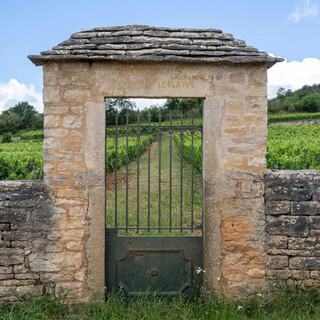Domaine Leflaive, Puligny-Montrachet
Bourgogne, France
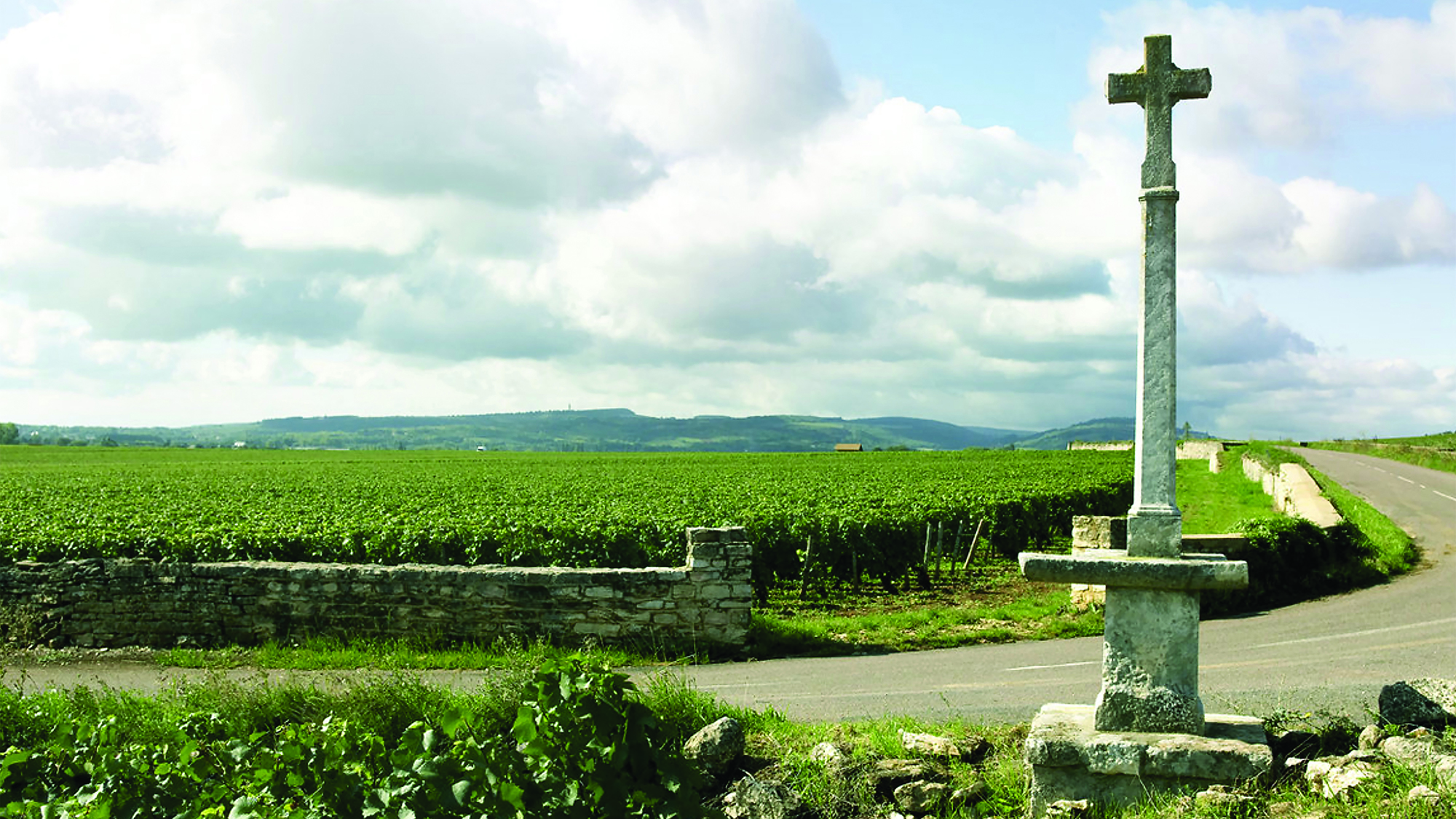
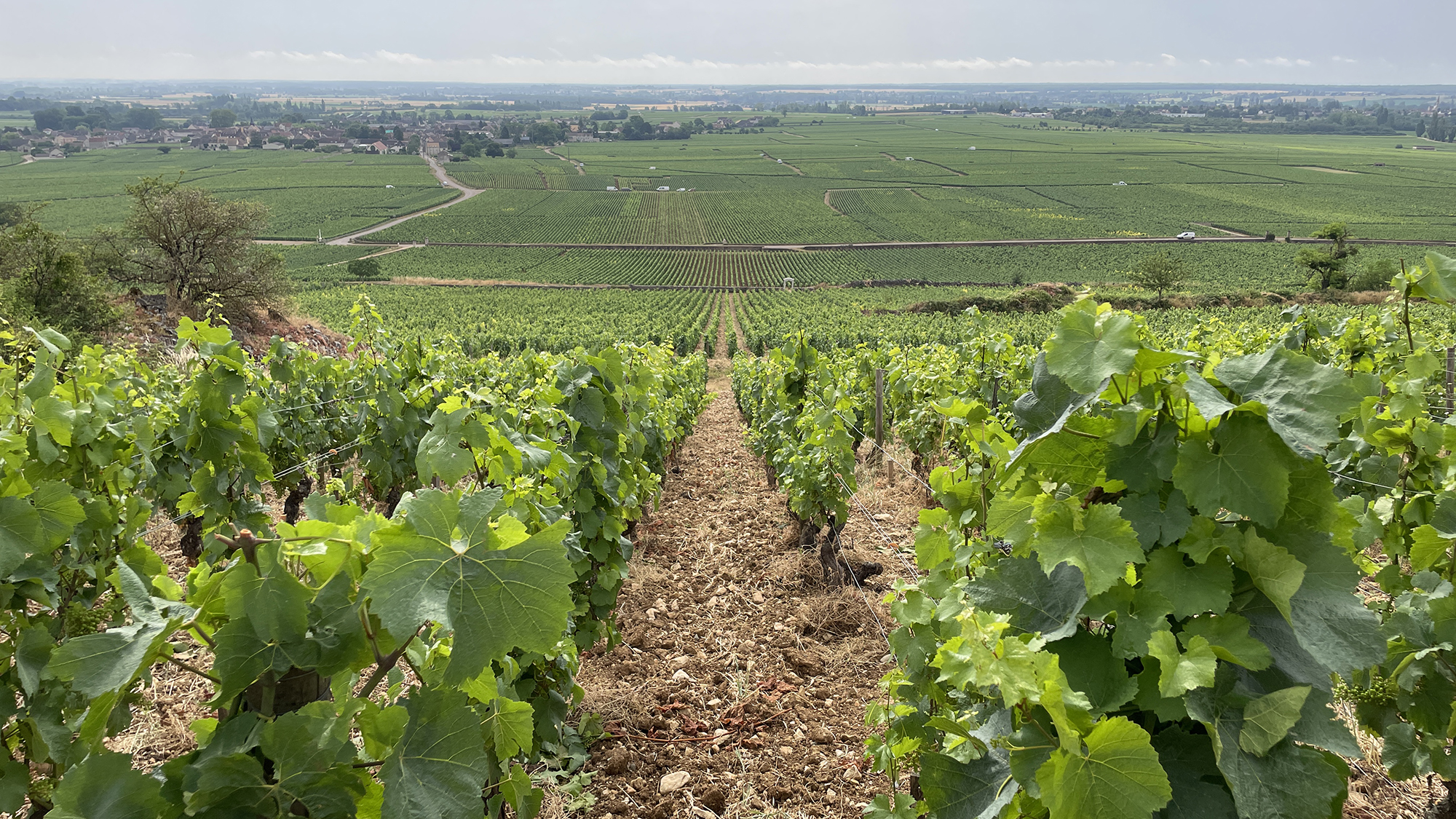

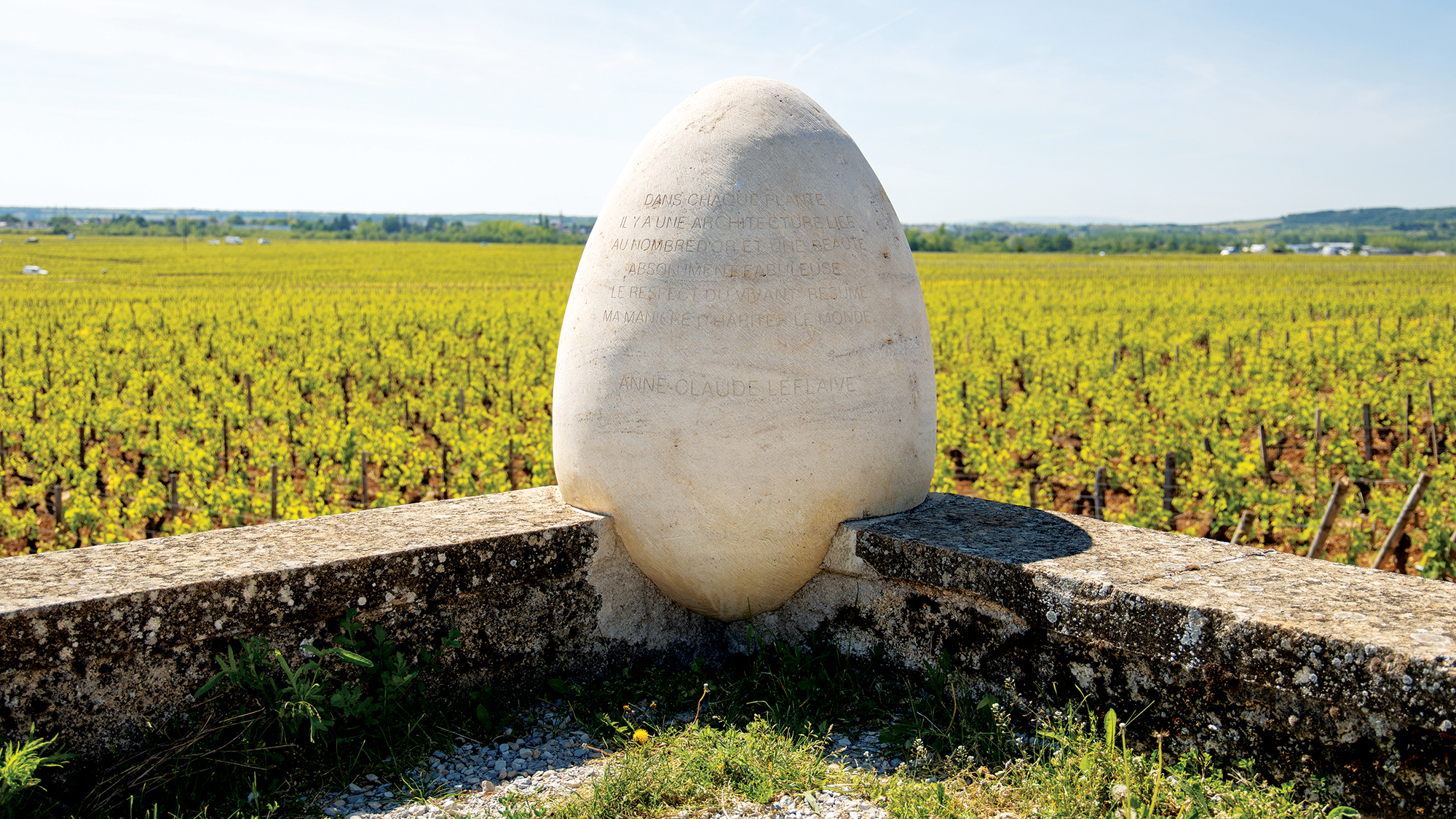
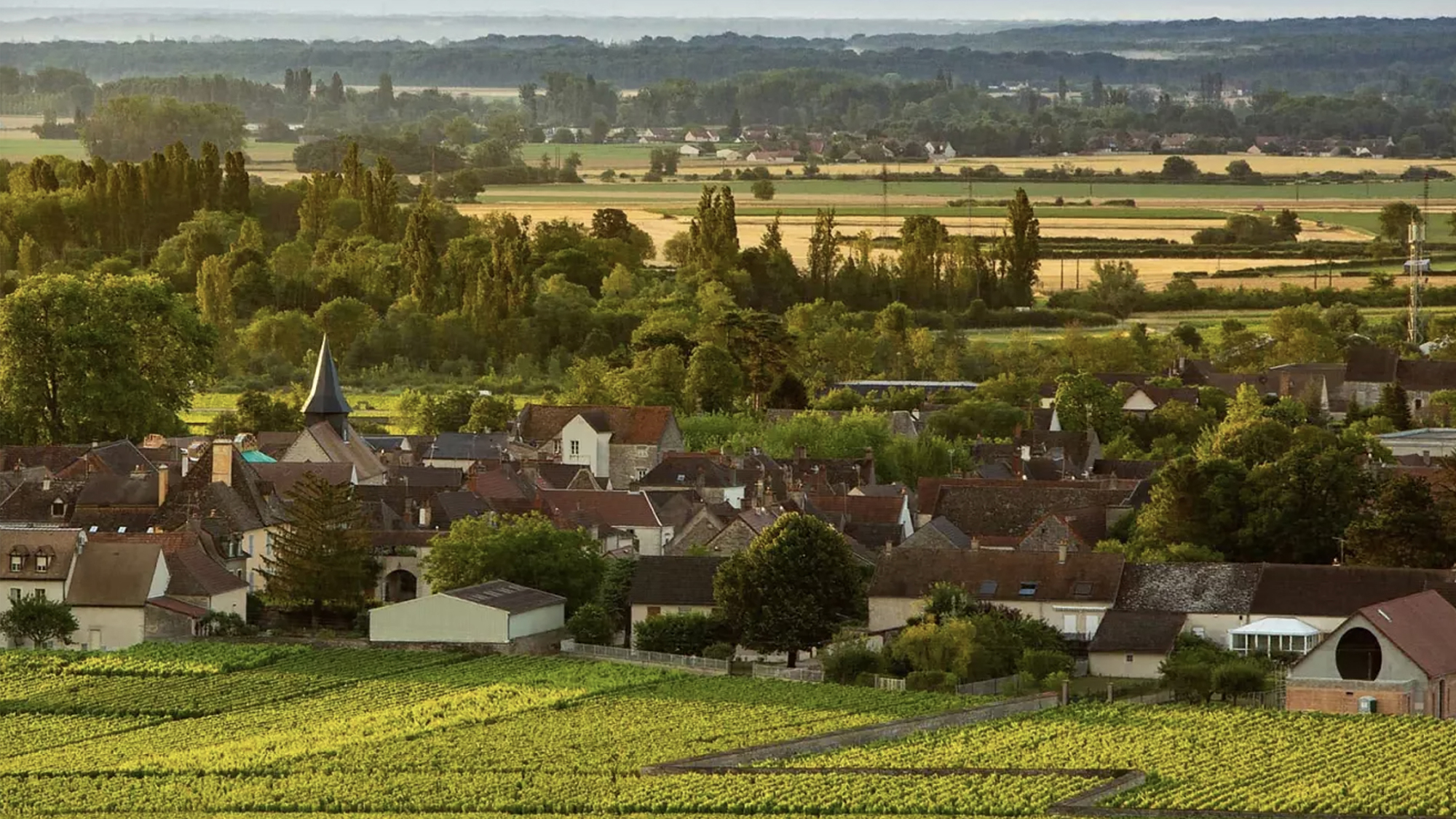
The roots of the Leflaive family go back to 1717 when Claude Leflaive took up residence in Puligny-Montrachet, intent upon cultivating several acres of vineyards. The Domaine, in its present form, is one of the leading producers in biodynamics. Today, the Domaine extends over 24 hectares in Puligny-Montrachet, of which 4.8 hectares are grands crus and 10.8 hectares are premiers crus, all growing one varietal: Chardonnay.
Winery Story11 Results
Côte de Beaune
Domaine Leflaive, Bourgogne Blanc
Côte de Beaune
Domaine Leflaive, Bâtard-Montrachet Grand Cru
Côte de Beaune
Domaine Leflaive, Bienvenues-Bâtard-Montrachet Grand Cru
Côte de Beaune
Domaine Leflaive, Chevalier-Montrachet Grand Cru
Côte de Beaune
Domaine Leflaive, Meursault Premier Cru Sous le Dos d’Âne
Côte de Beaune
Domaine Leflaive, Montrachet Grand Cru
Côte de Beaune
Domaine Leflaive, Puligny-Montrachet Premier Cru Clavoillon
Côte de Beaune
Premier Cru Les Combettes
Côte de Beaune
Premier Cru Les Folatières
Côte de Beaune
Domaine Leflaive, Puligny-Montrachet Premier Cru Les Pucelles
Côte de Beaune
Domaine Leflaive, Puligny-Montrachet
